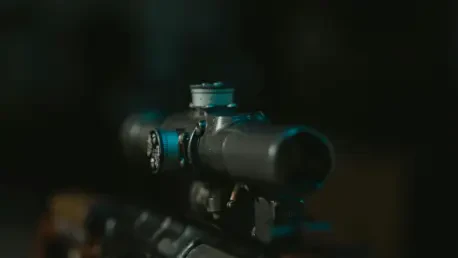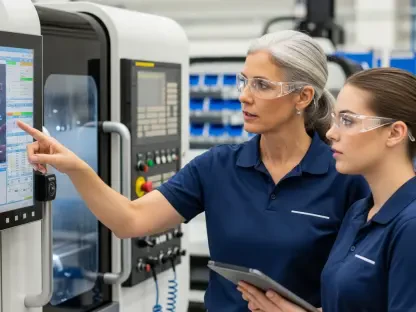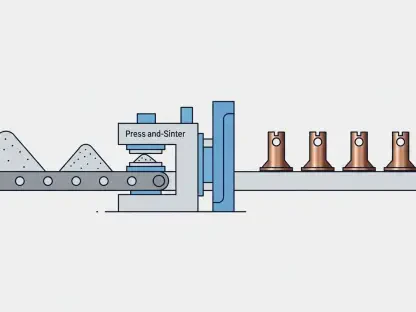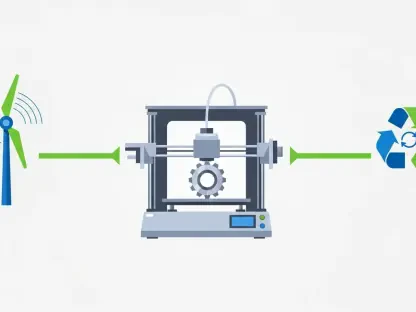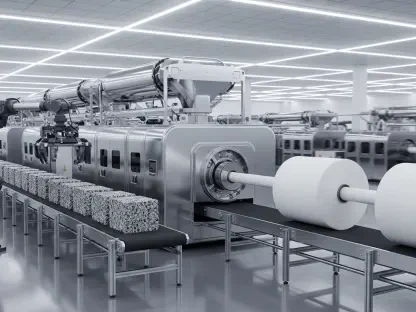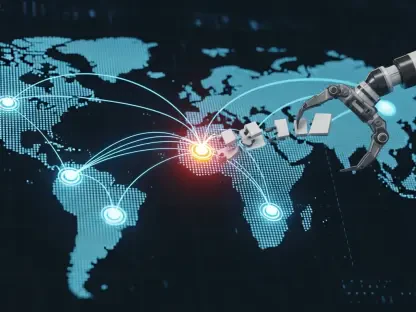Setting the Stage for a Defense Revolution
In an era where global security dynamics are rapidly evolving, the collaboration between India and France in defense technology stands out as a transformative force, particularly with ambitious projects like the co-development of advanced jet engines for stealth aircraft. This partnership is not merely a bilateral agreement but a strategic alignment that could redefine military capabilities in the Indo-Pacific region and beyond. The significance of this trend lies in its potential to bolster India’s self-reliance in defense manufacturing while cementing France’s role as a key ally in high-stakes innovation. This analysis delves into the historical roots of this relationship, examines current landmark projects, incorporates expert insights, explores future possibilities, and distills key takeaways for stakeholders in the global defense arena.
Evolution of Indo-French Defense Partnerships
Historical Foundations and Growth Patterns
The journey of Indo-French defense ties traces back to foundational agreements that have matured into robust collaborations over decades, marked by significant milestones such as the acquisition of Rafale fighter jets. This relationship has gained momentum with India’s defense budget witnessing a remarkable increase, reaching ₹6.22 lakh crore in the current fiscal year, reflecting a strong commitment to modernization and partnerships. Government reports and statements from Defense Minister Rajnath Singh highlight a consistent rise in joint ventures, emphasizing technology sharing as a cornerstone of this alliance.
A notable aspect of this growth is the shift from mere procurement to co-production and innovation, setting a precedent for other nations. Official data indicates a steady climb in allocations for collaborative projects, showcasing how both nations have prioritized deepening their strategic ties. This trajectory underscores a mutual recognition of the need for advanced defense solutions amid complex global challenges.
Key Initiatives Fueling Partnership
At the heart of current collaborations is a $7 billion jet engine co-development project between India’s Defence Research and Development Organisation (DRDO) and French aerospace leader Safran for the Advanced Medium Combat Aircraft (AMCA), featuring a 100% technology transfer agreement. This initiative promises to equip India with cutting-edge indigenous capabilities, ensuring the production of 120-kilonewton engines for future platforms. The deal’s comprehensive scope, covering design to certification, marks a significant leap toward self-sufficiency in critical technology.
Beyond engines, the partnership extends to other pivotal projects, including a multi-billion-dollar agreement for 26 Rafale Marine jets to modernize naval aviation and the Airbus-Tata collaboration for C295 transport aircraft production. These initiatives not only enhance India’s defense arsenal but also strengthen industrial ecosystems through local manufacturing. Real-world impacts are evident as these projects modernize aging fleets and reduce dependency on foreign imports, aligning with national goals.
The ripple effects of such collaborations are seen in the bolstered operational readiness of India’s armed forces, particularly in addressing regional security concerns. Each project serves as a building block in creating a resilient defense infrastructure, capable of meeting both current and emerging threats. This synergy exemplifies how strategic partnerships can yield tangible outcomes in military preparedness.
Expert Perspectives on Strategic Importance
Insights from defense analysts and industry leaders shed light on the profound implications of Indo-French collaboration for India’s vision of “Aatmanirbharata” or self-reliance. Rajnath Singh has often emphasized that such alliances are pivotal in transforming India into a global defense manufacturing hub, a sentiment echoed by experts who see these ties as a catalyst for innovation. The consensus points to a shared benefit where France gains market access while India harnesses advanced technological expertise.
Challenges, however, are not overlooked, with analysts pointing to bureaucratic delays and complexities in technology integration as potential hurdles. Despite these, the geopolitical impact of stronger Indo-French relations is deemed significant, potentially reshaping alliances in the region. Experts argue that this partnership could serve as a counterbalance to other global powers, enhancing strategic autonomy for both nations.
The broader perspective highlights a mutual interest in fostering stability through defense cooperation, positioning this trend as a model for international collaboration. Industry voices stress the importance of sustained policy support to navigate obstacles and maximize outcomes. This expert consensus underlines the transformative potential of such partnerships in redefining global defense landscapes.
Future Outlook for Indo-French Defense Technology
Looking ahead, the scope for Indo-French defense technology collaboration appears expansive, with potential advancements in next-generation engines, hypersonic systems, and deepened naval projects. Emerging areas of focus could include cutting-edge innovations that further integrate artificial intelligence and stealth capabilities into joint platforms. Such developments promise to keep both nations at the forefront of military technology evolution.
The benefits are multifaceted, including a projected reduction in India’s import dependency and a boost in defense exports, targeted to reach ₹50,000 crore by 2029. Yet, challenges like regulatory bottlenecks and cost overruns loom large, necessitating streamlined processes and robust financial planning. Addressing these issues will be crucial to maintaining the momentum of current initiatives and ensuring scalability.
On a broader scale, this trend could influence regional security dynamics by strengthening India’s position as a credible military power, while setting a benchmark for other international defense partnerships. The ripple effects might encourage similar collaborations globally, fostering a network of innovation-driven alliances. This evolving landscape suggests a future where strategic autonomy and shared technological progress go hand in hand.
Reflecting on Milestones and Moving Forward
Reflecting on the journey, the Indo-French defense technology collaboration has marked significant progress through historical ties that evolved into groundbreaking projects like the AMCA engine deal. Expert endorsements highlight its role in advancing India’s self-reliance, while future prospects point toward innovative expansions in military capabilities. These milestones underscore a partnership that has reshaped India’s defense narrative on the global stage.
Looking back, the actionable path forward involves prioritizing sustained investment in joint research and development to tackle emerging security challenges. Stakeholders are encouraged to advocate for policies that streamline technology transfers and mitigate bureaucratic delays. By fostering an environment of continuous innovation and strategic dialogue, this alliance paves the way for a resilient defense ecosystem, setting a powerful example for global cooperation in addressing future uncertainties.
